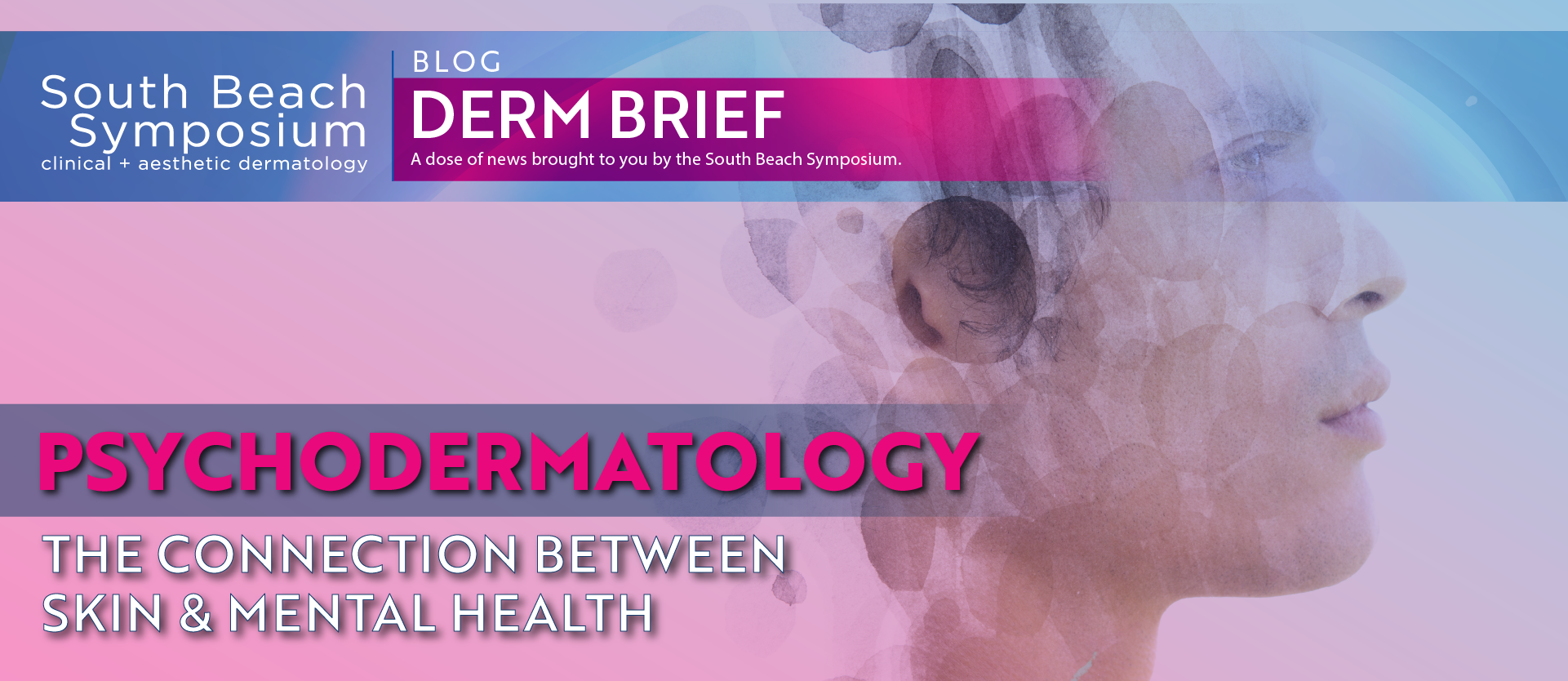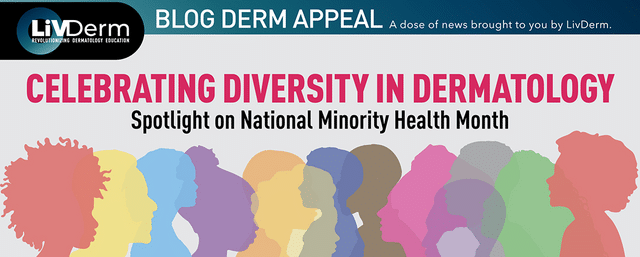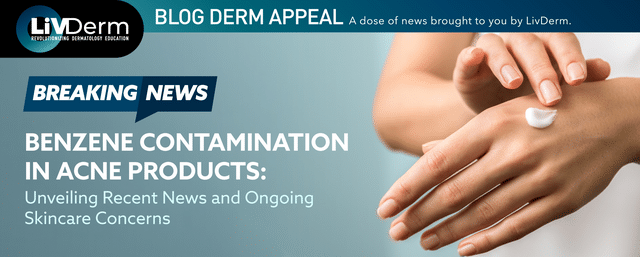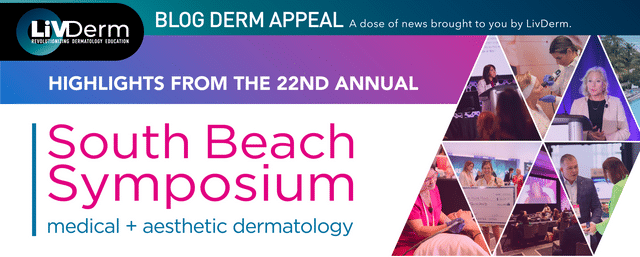Advances in the field of aesthetic medicine continue to introduce new and improved treatment modalities, offering physicians and patients a wide array of therapeutic options to choose from. While the visible symptoms of skin concerns can now more than ever be easily mitigated, researchers are increasingly beginning to focus on the less tangible factors contributing to several dermatological disorders by investigating the connection between skin and mental health. While psychodermatology , or psychocutaneous medicine, is well-established in Europe, its prevalence in the United States is slowly beginning to increase.
What is Psychodermatology?
The burgeoning field of psychodermatology, which bridges the gap between psychiatry and dermatology, aims to treat skin conditions holistically. Approaching psycho-dermatologic disorders from a multifactorial perspective, the sub-specialty considers the effect of skin health on the mind and vice versa. Patients often report dermatologic issues which can result from psychological problems, while others may suffer from a psychiatric disorder accompanied by skin symptoms such as obsessive skin picking. Understanding the psychosocial context of skin conditions may help optimize treatment and management strategies in order to better patient outcomes.
A 2011 national survey led by the British Association of Dermatologists found that 85% of patients reported psychosocial components as part of their skin condition. Nearly 20% admitted to needing psychological support while 14% agreed that their psychological condition exacerbates symptoms of their skin disorder.
Psychodermatologic Conditions
Psychodermatologic disorders involve an interaction between the mind and skin, primarily falling into three categories: psychophysiological, primary psychiatric, and secondary psychiatric. Psychophysiological conditions, such as psoriasis and eczema, have a physiological basis but can be exacerbated by emotional factors including stress. Other skin issues are symptoms of psychiatric disorders, including trichotillomania, delusional parasitosis, and body dysmorphic disorder, which result in self-induced manifestations. Cosmetically disfiguring or socially stigmatizing skin conditions which can result in psychological problems, such as severe acne, psoriasis, vitiligo, or herpes, are classified as secondary psychiatric disorders. The majority of psycho-dermatological conditions can be treated with a combination of cognitive behavioral therapy (CBT), dermatological intervention, and in some cases, psychotropic medications.
The management of psycho-dermatologic conditions involves evaluation of skin manifestation and the psychosocial issues underlying the problem. Upon diagnosis, a dual approach is required to address both the physical and psychological symptoms of the disorder. Even in primary psychiatric cases wherein skin damage is self-induced, dermatological support can be necessary to avoid complications and ensure comprehensive care is provided. Although patients with psycho-dermatological conditions may often resist mental health referrals, physicians should emphasize the benefits of multifactorial treatment.
The developing field of psychodermatology continues to grow as physicians begin to understand the correlation between psychology and the skin, a common cause of many skin conditions affecting the population. However, the specialty still remains in its preliminary stages. Currently, there are only nine psychodermatologists practicing in the United States and three specialty clinics in the United Kingdom. As awareness of psychodermatology and its significant potential to optimize health outcomes spreads, increased attention – and thus funding – may lead to a surge in psychodermatological practices.
















